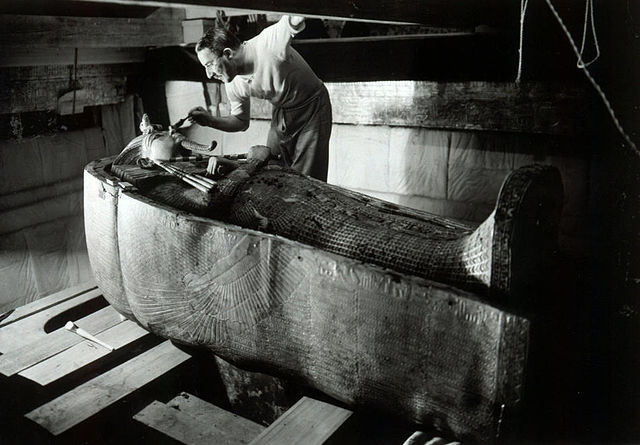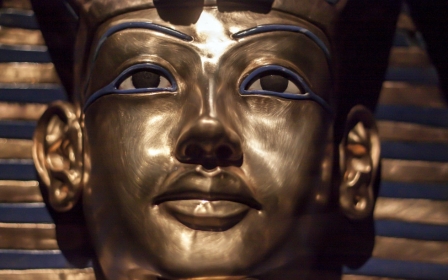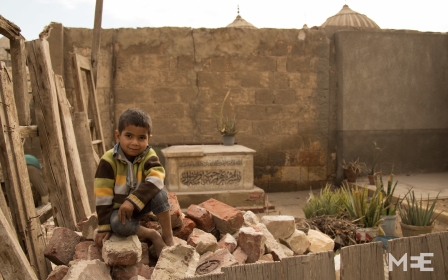Egypt says '90 percent chance' of hidden chambers in King Tut's tomb

Radar scans of the tomb of the ancient Egyptian pharaoh Tutankhamun show a "90 percent" chance of two hidden chambers, possibly containing organic material, Egypt's antiquities minister said on Thursday.
Experts had scanned the tomb in the necropolis of Luxor to find what a renowned British archaeologist believes could be the resting place of Queen Nefertiti, the legendary beauty and wife of Tutankhamun's father whose mummy has never been found.
Preliminary scans of Tutankhamun tomb reveal "two hidden rooms behind the burial chamber" of the boy king, Antiquities Minister Mamdouh Damati said.
"Yes, we have some empty space, but not totally empty – it includes some organic and metal material," Damati said in English.
When asked how certain he was, he said there was a "90 percent" chance.
A study by renowned British archaeologist Nicholas Reeves has said that Nefertiti's tomb could be in a secret chamber adjoining Tutankhamun's tomb in the Valley of Kings in Luxor in southern Egypt.
Reeves, professor of archaeology at the University of Arizona, believes one door of Tutankhamun's tomb could conceal the burial place of Nefertiti.
According to him Tutankhamun, who died unexpectedly, was buried hurriedly in an underground chamber probably not intended for him.
His death would have forced priests to reopen Nefertiti's tomb 10 years after her death because the young pharaoh's own mausoleum had not yet been built.
Nefertiti played a major political and religious role in the 14th century BC.
She actively supported her husband Akhenaten - Tutankhamun's father - who temporarily converted ancient Egypt to monotheism by imposing the cult of sun god Aton.
Tutankhamun died aged 19 in 1324 BC, after just nine years on the throne. His final resting place was discovered by another British Egyptologist, Howard Carter, in 1922.
New MEE newsletter: Jerusalem Dispatch
Sign up to get the latest insights and analysis on Israel-Palestine, alongside Turkey Unpacked and other MEE newsletters
Middle East Eye delivers independent and unrivalled coverage and analysis of the Middle East, North Africa and beyond. To learn more about republishing this content and the associated fees, please fill out this form. More about MEE can be found here.




